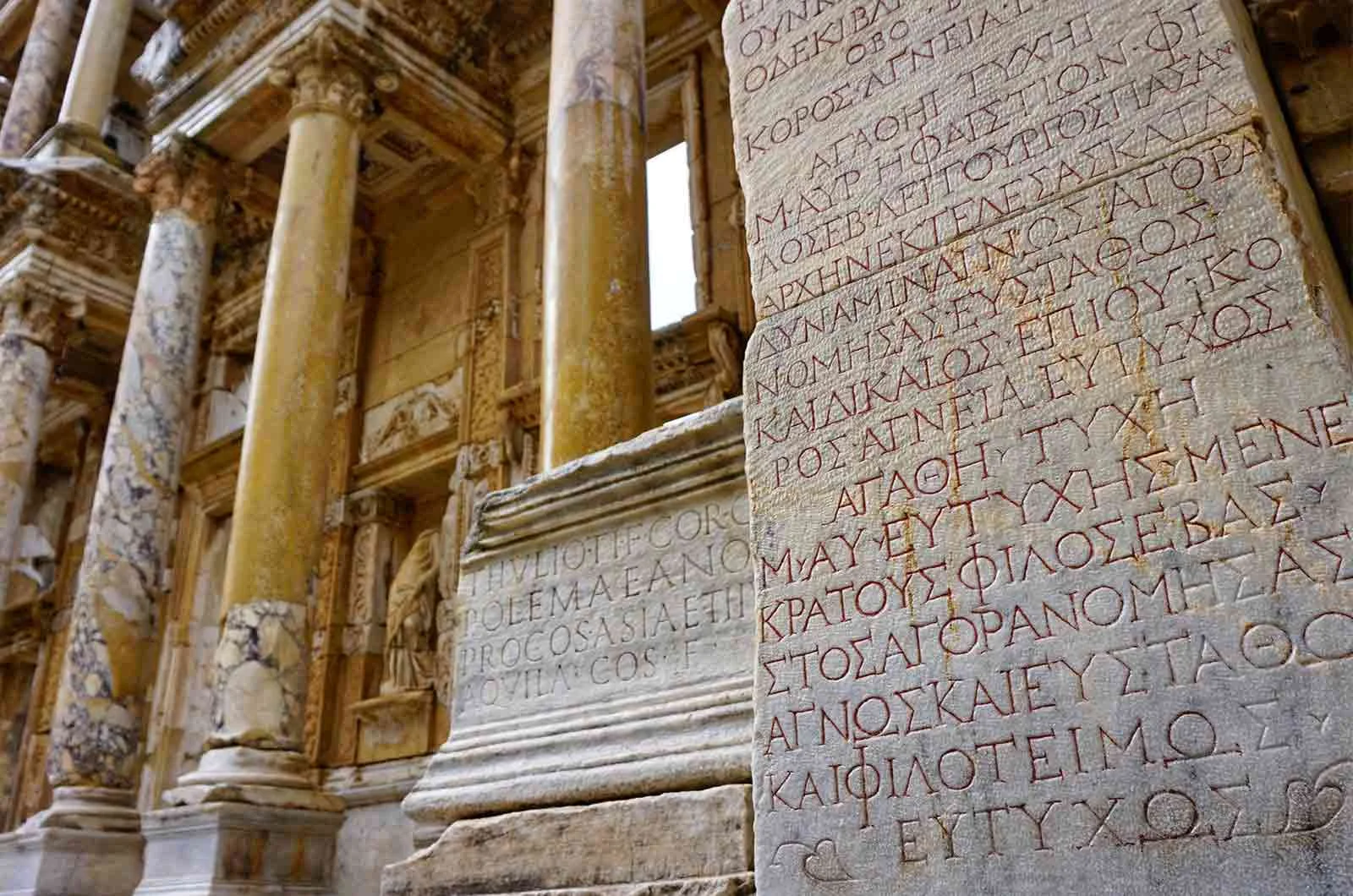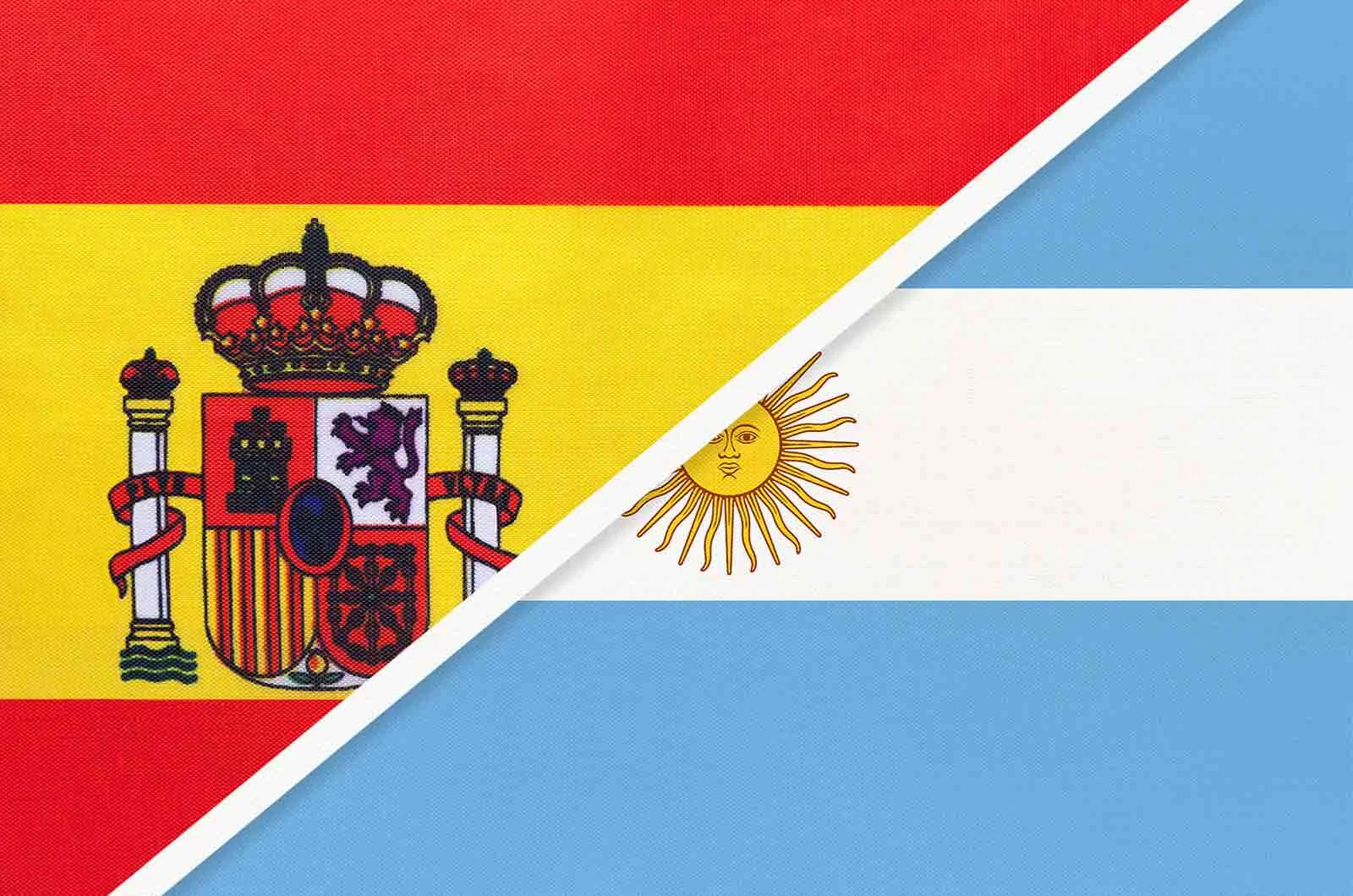
Read More
The history of translation has long been debated by translation studies scholars. There is broad acceptance that translation predates the Bible. The Holy Bible speaks of various languages while providing insight into interactions between speakers from varying areas. One of the critical languages in the history of translation is Ancient Greek, with Roman translator experts playing a pivotal role in the translation movement.
The demand for translation has continued to develop, with growth in the translation movement more vital than ever. Today, businesses have acknowledged the need for translation services to penetrate foreign markets. Nevertheless, this article isn’t about the future of translation; rather, it is about its past. Let’s delve deeper into the history of translation and its ties to Ancient Greece.
Origins of Translation Terms
Since the dawn of human interaction, translation has been needed. This communication could be for survival, trade or emotional purposes. The term “translation” originates from a Latin term that means “to carry” or “bring across”, stemming from the idea of carrying information from one language to another through translation.
Another relevant term that we will focus on in this article is “metaphrasis”. This an Ancient Greek term that a Roman translator roughly translates to “to speak across”. It is from this term that the word “metaphrase” was created, which means a word-for-word translation. These and many other terms have been at the centre of theories relating to the history of translation. They have also helped to provide insight into where and when translation scholars utilised this skill through the ages.
The Ancient History of Translation
It isn’t easy to pinpoint the true origin of the history of translation. Many believe the first record of translation was in Mesopotamia when the Sumerian poem The Epic of Gilgamesh was translated into various Asian languages. This translation can be dated back to the 2nd millennium BC! The poem survived Ancient Mesopotamia only due to its translation and the longstanding tradition of adapting material into various languages such as Hebrew, Anatolian, Syriac, Mesopotamian and Egyptian.
Another key text of the translation studies has to be The Treaty of Kadesh. The Treaty of Kadesh was created in 1274 BCE and is a bilingual Egyptian-Hittite treatise. It is the only ancient Near Eastern treatise to have both versions survive. Other ancient works were also translated—for example, Indian documents translated by Buddhist monks into Chinese.
In later periods, Roman translator scholars adapted Roman poems into Ancient Greek text for the purpose of entertainment. Horace and Cicero employed translation scholars in Rome specifically for this purpose until the 17th century. After this time point, newer translation practices were developed and implemented throughout Greece and the world to replace the ancient methods.
Translation of Religious Texts
As people started to follow religious faiths, the need for translation became much more significant. Religious texts and spiritual theories needed to be available in multiple languages so that supporters of different religions could spread awareness.
The history of translation states that the Old Testament is one of the first religious texts to be translated. Roman translator experts and scholars translated the Hebrew Bible into Greek in the 3rd century BC. This translated adaptation is known as the Septuagint. The term Septuagint originates from Septuagainta, the Latin word for seventy. It is also referred to as the Greek Old Testament.
No less than 70 linguists translated the Bible into Ancient Greek. Back in the 3rd century BC, there were no tools to help speed up the process. Each translator had to work in solitary confinement, and according to legend, all versions had identical translations. This Greek Bible became the basis for adaptations of the Bible into other languages. One can say that the Greek Bible was a turning point in the history of translation.
Development of Translation Methods
The history of translation, especially during ancient times, was fraught with debate. The debate was between translation methods: word for word vs sense for sense. The sense for sense term was said to be coined by St Jerome when he translated the Bible into Latin. He stated that a translator needs to translate “not word for word, but sense for sense”.
The famous Roman scholar Cicero was also notably against word-for-word translation. “I did not think I ought to count them [the words] out to the reader like coins, but to pay them by weight, as it were”. As a prominent writer and philosopher, he viewed the work of a Roman translator as that of an artist. This translation type is used today to ensure the intended message is retained.
The Renaissance Period & Translation History
As time went on, Arabic translation scholars took the works of the Ancient Greek and Roman translator experts. These scholars of translation studies then translated the works, creating their own versions. Their versions included philosophical, entertainment and scientific understandings.
One can argue that civilisation widely understands the findings and knowledge the Greek academics created due to the work of Arabic translation scholars. And their role in the history of translation did not stop there, as the Arabic versions were then translated into Latin. This translation movement occurred during the Middle Ages, mainly in Spain. The culmination of the works created by Ancient Greeks and translated into other languages became the foundation of the Renaissance.
History of Translation: Ancient Greek & The Rosetta Stone
Another important icon in the history of translation is the Rosetta Stone, a rock slate with an inscribed decree issued in 196 BCE in Memphis, Egypt. The Rosetta Stone was discovered in 1799 during a Napoleonic expedition to Egypt. It held the key to understanding Egyptian Hieroglyphics and has been on display at the British Museum in London since its discovery.
What makes this decree so special is that it was written in three different scripts. The top part of the text is written in Ancient Egyptian Hieroglyphs, the middle part is written in Demotic script, and the bottom part is written in Ancient Greek script. The appearance of Ancient Greek on the bottom of the stone helped Roman translator scholars understand the context of the ancient Egyptian hieroglyphs for the first time in the history of translation.
Renaissance Translations’ Professional Translation Services
The history of translation is long and complex, with new findings and translation methods helping with its evolution and development. The Ancient Greek language played a pivotal role in the movement. Roman translator scholars were involved in many vital steps that have moulded the translation industry into what it is today.
If you need a professional translation agency, talk to our experts. Our skilled translators have extensive experience in the translation industry and can help you with your translation needs in more than 120 languages and all industries. Our company is also an associate member of the Association of Translation Companies in England as well as the SDL LSP Partner Programme. Contact us today to discuss your project.





